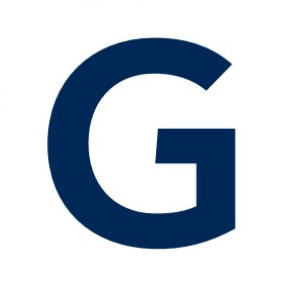Lawrence Pingree

Lawrence Pingree
Research Director, Gartner, Inc.Lawrence Pingree serves as the Research Director for Gartner Inc. and has been an active member of the Information Security industry for many years. He has consulted for large financial institutions, corporations, and government entities on technologies ranging from firewalls, intrusion detection, networks, system penetration, risk management, compliance, eDiscovery and Forensics. He has served as a Chief Security Architect at both Peoplesoft and Netscreen. He is currently an active member of the Information Systems Security Association (ISSA) of Silicon Valley as well as the Open Web Application Security Project (OWASP) and is a published author of two books. Lawrence is a founding board member of the Digital Forensics Association where he is serving as Vice President. In his spare time enjoys trading money on the foreign currency market, hiking, nature, and performance cars.
News mentions
All security investments are measured on how they contribute to the shift in mindset Organisations are transforming their security spending strategy in 2017, moving away from preven...
Key people from Gartner, Inc.
Security experts
Aligning physical and cyber defence for total protection
DownloadUnderstanding AI-powered video analytics
DownloadEnhancing physical access control using a self-service model
DownloadHow to implement a physical security strategy with privacy in mind
DownloadSecurity and surveillance technologies for the casino market
Download

































